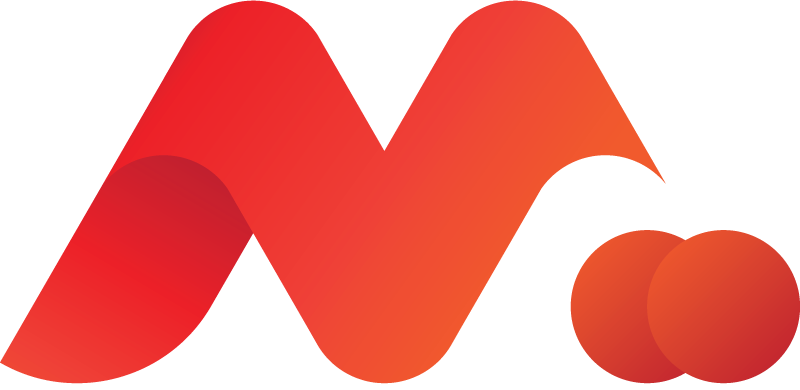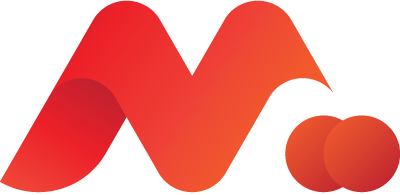
A Capital-Efficient Approach to Sales Channels for B2B SaaS Startups
Today, I want to have a conversation about a crucial topic that’s close to my heart: how to build a capital-efficient B2B SaaS startup geared for profitability. A significant piece of this puzzle is identifying and optimizing the right sales channels. Let’s dig into how to do this most effectively, using some fairly profitable companies as examples.
Sales channels are your conduits to customers. For a SaaS company, these can take various forms, from direct sales and online platforms to partnerships and reseller networks. The objective is to identify the channels that sync with your product’s value proposition, the customer’s preferences, and your business model, all while maximizing your return on investment.
Salesforce provides a case in point. They’ve masterfully combined direct sales and strategic partnerships, broadening their reach while keeping a keen eye on capital efficiency. That focus resulted in steady growth over the past five years, from a market cap of $133B in January of 2018 to just over $206B today, and that growth occurred during a disastrous series of events both global in general and in the tech sector in particular.
The secret to capital-efficient channel selection lies in three major components: knowing your target market, assessing your product complexity, and measuring your resources.
Your Ideal Customer Profile (ICP) is a composite of the business that would see the most value from your product and offer the most value in return. Determining this helps focus your sales efforts for maximum returns.
Slack is a great example. They began by targeting tech-savvy startups—a niche market with a high need for their product. By focusing on this ICP, they optimized their sales efforts and minimized wasted capital. The result? As of June 2023 Slack has a market cap of $26.51 Billion.
The complexity of your product can also guide your capital-efficient choice of sales channels. Adobe’s shift from packaged software to the Creative Cloud suite necessitated a move to direct sales. While it requires more resources upfront, direct sales can maximize profitability for complex, high-value products. In terms of financial performance, Adobe’s revenue has steadily increased since the introduction of the Creative Cloud suite. In fiscal year 2013 (which ended in November 2013, shortly after the Creative Cloud launch), Adobe reported revenue of approximately $4.1 billion. Just under a decade later, in fiscal year 2022, Adobe reported revenue of $17billion.
The reality is that different sales channels require varying levels of resources. Direct sales require a sizable sales team, while online channels demand a user-friendly platform and SEO prowess. By choosing a channel that best fits your available resources, you avoid overspending. Atlassian ($47B market cap), with its products Jira and Confluence, is an example of a company leveraging a low-touch, online sales model to reduce costs and promote capital efficiency.
Key to that efficiency is consistent performance evaluation. Always be testing, measuring, and refining. Here are four key metrics for profitability that every founder must focus on:
Customer Acquisition Cost (CAC)
This is the total cost of securing a new customer. Zoom’s freemium model allowed users to try before buying, keeping their CAC low by reducing the need for costly marketing campaigns. Zoom’s market cap is currently just shy of $20B.
Lifetime Value (LTV)
This metric tells you the total revenue expected from a customer during their relationship with your company. HubSpot, for instance, increases its LTV by selling multiple services to the same customers, effectively increasing profitability over time. Hubspot’s market cap is currently just north of $25B.
Sales Cycle Length and Churn Rate
Monitoring these metrics is vital. A lengthy sales cycle could indicate a need for better customer education, which might mean unnecessary spending. A high churn rate could signal issues with product quality or customer service, impacting long-term profitability.
Conclusion
As a B2B SaaS startup, the choice and optimization of your sales channels isn’t merely about growth – it’s about ensuring sustainable and profitable growth. By understanding your customers, aligning your product, and continually measuring the effectiveness of your sales channels, you can build a robust, capital-efficient revenue model, ideally along the lines of the examples included above. Remember, your ultimate goal isn’t just about survival; it’s about creating a profitable, capital-efficient business that stands the test of time.








